He who has not lost a thing has it.
You have not lost horns.
Therefore you have horns.
He who has not lost a thing has it.
You have not lost horns.
Therefore you have horns.
Is this a bad sum?
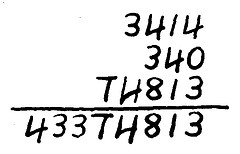
Not in a mirror:
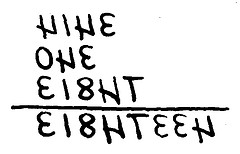
Adapted by Martin Gardner from Henry Dudeney.
9 × 9 + 7 = 88
98 × 9 + 6 = 888
987 × 9 + 5 = 8888
9876 × 9 + 4 = 88888
98765 × 9 + 3 = 888888
987654 × 9 + 2 = 8888888
9876543 × 9 + 1 = 88888888
98765432 × 9 + 0 = 888888888
03/30/2017 UPDATE: Reader Alon Shaham points out that:
987654321 × 9 – 1 = 8888888888
9876543210 × 9 – 2 = 88888888888
You say that you have a dog.
Yes, and a villain of a one, said Ctesippus.
And he has puppies?
Yes, and they are very like himself.
And the dog is the father of them?
Yes, he said, I certainly saw him and the mother of the puppies come together.
And is he not yours?
To be sure he is.
Then he is a father, and he is yours; ergo he is your father, and the puppies are your brothers.
Let me ask you one little question more, said Dionysodorus, quickly interposing, in order that Ctesippus might not get in his word: You beat this dog?
Ctesippus said, laughing: Indeed I do; and I only wish that I could beat you instead of him.
Then you beat your father, he said.
— Plato, Euthydemus
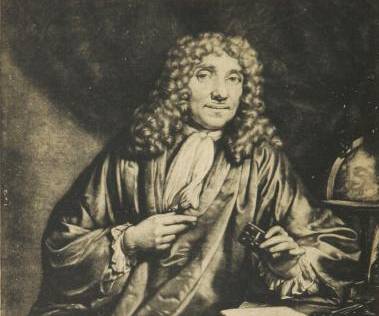
Higgamus hoggamus
“Anton Von Leewenhoek
Has a small problem,” con-
Fided his wife.
“Microbiology
Doesn’t disturb me; his
Microanatomy’s
Blighting my life!”
— Theodore L. Drachman
2025 = (20 + 25)2
3025 = (30 + 25)2
9801 = (98 + 01)2
When asked his age, mathematician Augustus De Morgan used to offer a clue: “I was x years of age in the year x2.” (He was 43 in 1849.)
That quirk puts De Morgan in a pretty exclusive club. Other members include Charles Atlas (who was 44 in 1936) and Jake Gyllenhaal (who will be 45 in 2025). Next up: Babies born in 2070 will be 46 in 2116.
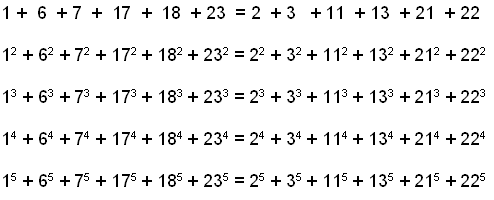
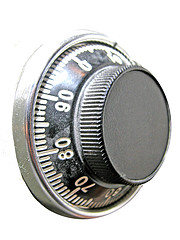
Two business partners asked their lawyer to hold $20,000, making him promise to get both of their signatures before disbursing any of it.
As soon as one partner left town, the other pressed the lawyer for $15,000, citing an emergency. The lawyer reluctantly gave it to him, and he disappeared.
On his return, the other partner was irate, so the lawyer explained that he had donated the $15,000 out of his own pocket.
“Then give me the $20,000 you’re holding,” said the partner.
“All right,” said the lawyer. “Give me the two signatures.”
24 + 14 + 74 + 84 = 6514
64 + 54 + 14 + 44 = 2178